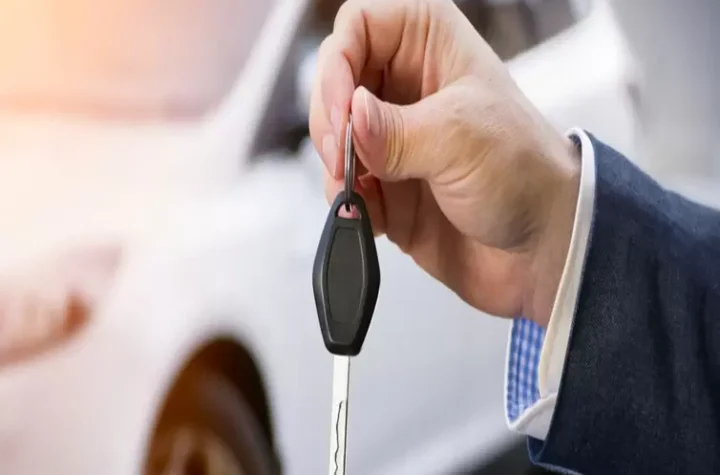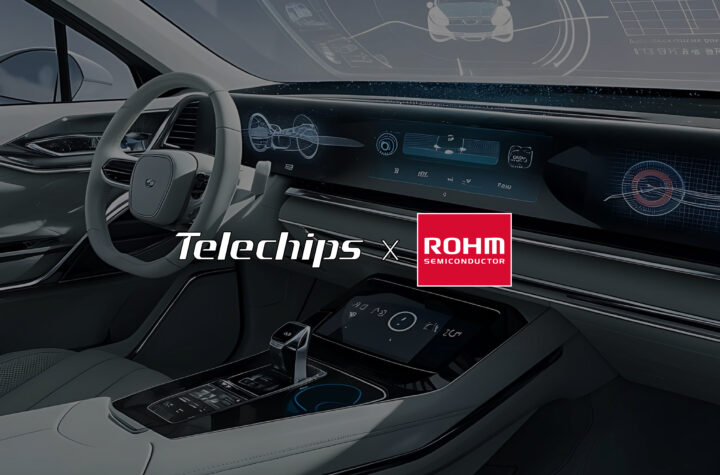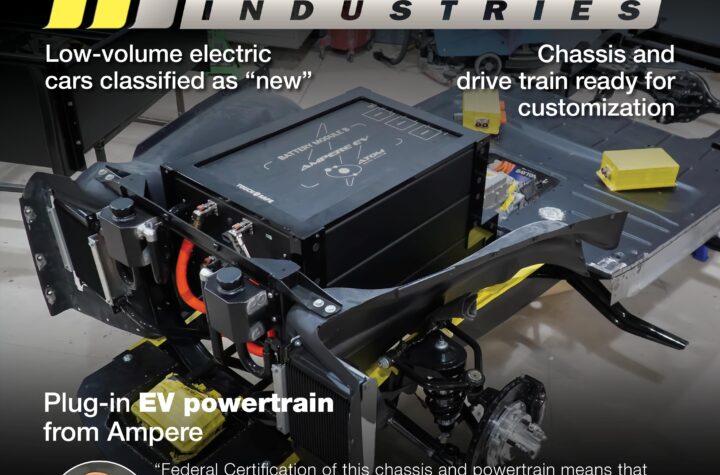
Johnson Controls, a global leader in automotive seating, interior components and electronics, has developed a new lightweight rear seat system. It combines steel and aluminum, creating a modular, multi-material rear seat structure that uses a new adhesive technology. With this new technology, engineers were able to reduce the weight of the rear seat structure by 34 percent while maintaining all safety requirements.
“This seat structure is ideal for hybrid and electric vehicles, as there are technical components that add weight in these types of vehicles,” said Dr. Andreas Eppinger, vice president Technology Management at Johnson Controls Automotive Experience.
Advanced adhesive bonding technology enables design
To date, rear seat backframes were made of steel because of the stability
the material offers. They also were bonded safely and economically through traditional welding processes. Although aluminum is lighter in weight and offers the same stability as steel, it has not been used in rear seat backframes until now. Previously, steel and aluminum could not be welded together using conventional processes because of their material properties. In the development of this new seat frame technology, engineers at Johnson Controls also created an adhesive bonding technology that serves as an alternative to welding.
In order to reduce weight of the rear seat backframe, the upper and lower cross members consist of aluminum. The side members as well as the reinforcing cross beam of the seat are still made from steel. This enabled a 30 percent weight reduction, which is significant compared to the conventional steel design. Johnson Controls also reduced the thickness of the steel back panel from 0.6 to 0.4 millimeters, which resulted in an additional 4 percent weight savings.
“Extensive testing has been conducted and this new rear seat structure is as safe as traditional seat structures, despite the thinner back panel,” said Dr. Eppinger, reflecting on the development.
Compatible with other bonding technologies and alternative materials
Johnson Controls’ new bonding technology is based on an adhesive (or glue), which is especially advantageous for joining thin and dissimilar materials and minimizing weight. It is compatible with metals, plastics, natural fibers and other materials as well as other bonding processes such as riveting, clinching or welding. Furthermore, it meets all requirements related to durability, structural strength and stability in the event of a crash. “We believe that this multi-material design will enable further innovations in numerous automotive components and systems,” said Dr. Eppinger. “Furthermore, because of its modular design, the new seat structure can be adapted to meet the demands of various vehicle types. This will allow us to offer packaging and weight advantages that will help our customers to design more economical and sustainable vehicles.”
About Johnson Controls
Johnson Controls is a global diversified technology and industrial leader serving customers in over 150 countries. Our 142,000 employees create quality products, services and solutions to optimize energy and operational efficiencies of buildings; lead-acid automotive batteries and advanced batteries for hybrid and electric vehicles; and interior systems for automobiles. Our commitment to sustainability dates back to our roots in 1885, with the invention of the first electric room thermostat. Through our growth strategies and by increasing market share we are committed to delivering value to shareholders and making our customers successful.
About Johnson Controls Automotive Experience
Johnson Controls Automotive Experience is a global leader in automotive seating, overhead systems, door and instrument panels, and interior electronics. We support all major automakers in the differentiation of their vehicles through our products, technologies and advanced manufacturing capabilities. With more than 200 plants worldwide, we are where our customers need us to be. Consumers have enjoyed the comfort and style of our products, from single components to complete interiors. With our global capability we supply more than 30 million cars per year.















More Stories
QNX® Sound frees up designers to be more creative with in-car acoustics services
NXP accelerates the development of software defined vehicles with new family of Ethernet switches
Automotive Industries (AI) Newsletter October 2024